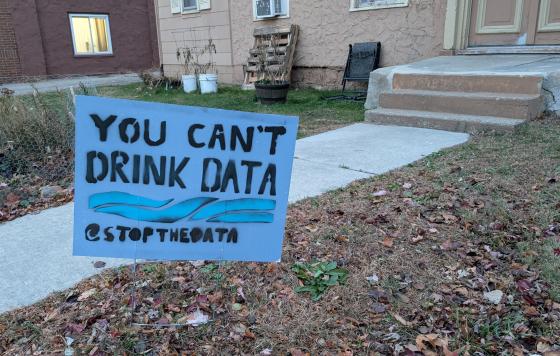Water. Clean Water. It’s amazing how my thru-hike on the Appalachian Trail has completely centered my life around it. For safety measures I carry at least one liter of water at all times. Because of this I am constantly checking and re-checking my maps to locate my next water sources. Will my next fill up be a spring or a river? Will I have to travel up or down a mountain to get to it? Will it be clean enough to drink straight? Or will obvious signs of pollution force me to pull out my filter?
I sometimes try and find towns along the way by following the small blue trails of water outlined in my guidebooks. I’ve found that nearly every time a river widens or converges there will be some form of civilization along its banks. We have always based our lives around the availability of water and the Trail is no different.
The only aspect of living, of surviving, that sets my Trek apart is that I am now palpably aware of exactly where my water is coming from. And experience has taught me that not all water is equal. Small and clear mountain streams taste crisp and bright. At times I don’t even bother to filter them. However, I’ve learned that river mouths and springs near industrial plants can be so polluted that I’m forced to pass on them entirely. My little ceramic filter can remove bacteria and ‘dirt’ but it does little for heavy metal pollution and industrial runoff.
After two months on the Trail, knowing exactly where my water is coming from, I now look at water a whole different way. I wonder if people who live in cities might be so far removed from the sources of their drinking water that they have forgotten about it completely. But my experience at Clean Water Action says otherwise. The thousands of Clean Water Action members I’ve spoken with over the phone say otherwise. There are plenty of people out there who care. There is the potential for change.
Last week my hike took me to a mountaintop where I had an unobstructed view of the confluence of the Potomac and Shenandoah Rivers. Both historically used as major water sources for the East Coast I sat and watched as their waters, 1,000 feet below me, swirled together in gentle eddies. As I sipped from my water bottle with the vast space of the mountains echoing around me my thoughts turned to the cacophony of voices I heard each day in Clean Water Action phone center back in Minneapolis…
“Hello, I’m calling from Clean Water Action…”
“…signs of irreversible pollution…”
“…loopholes in the Clean Water Act…”
“…this is such an urgent issue…”
The cavernous old Union Hall where we did our calling for Clean Water Action created an echoing of voices, of activism, that is sharp in my memory. Sharp and strikingly different from the echoing space I sat in on top of that mountain – the echoing of wild places, of toxic free forests, of clean water. The space we fight to preserve so that when I tell my children and grandchildren I hiked the Appalachian Trail it will not be just a memory, but an experience; and one that they themselves can also enjoy.


